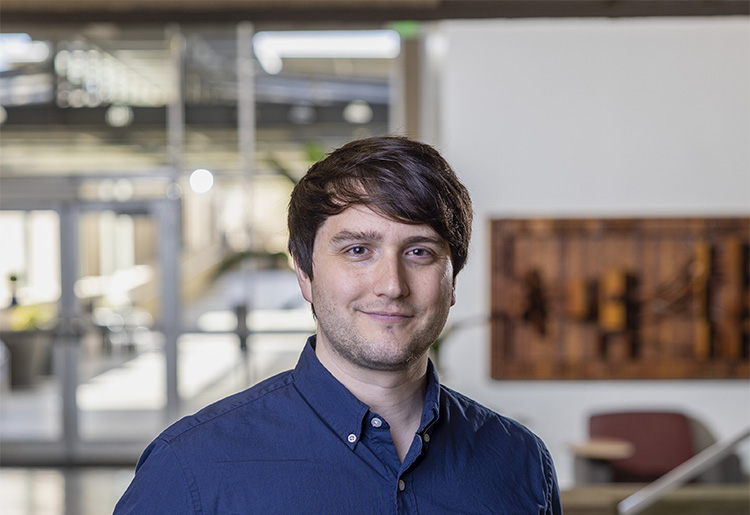BIOGRAPHY
Mason is an Instructional Assistant Professor in the PVFA with focuses in computer animation, game design, and virtual reality.
Beginning in 2011 at Brigham Young University’s Pre-Animation program, he received instruction and mentorship from Disney animator Cynthia Hogan (Aladdin, Beauty and the Beast) and DreamWorks’ Steve Hickner (Prince of Egypt, Bee Movie). From 2016 to 2019 he worked as a technical animator and motion capture pipeline developer in the e-learning/games for learning industry.
Mason has published several computer games, including 2022’s FAITH: The Unholy Trinity, and SUMMER NIGHT for the Dread X Collection (2020). He has developed promotional tie-in games for IFC Midnight’s The Wind and Hatching, Extra Ordinary by Good Deed Entertainment, and Discovery+’s Attack of the Murder Hornets documentary.
From 2018 to 2022 he was a graduate researcher and lab manager for an NSF-funded VR study assessing spatial ability/cognition in futuristic work environments. His current research examines the formal and functional boundaries of virtual worlds and the integration of computer game worlds and architecture.
Affiliations
- Technical Art & Interactive Media (TAIM)
- TAMU PVFA Gaming Faculty Cluster
- International Game Developers Association (IGDA)
- European Alliance for Innovation (EAI)
Scholarly Interests
- Virtual worlds
- Virtual reality
- Psychology in games
- Game worlds
